
Dispatches, Peru
Will Climate Change Affect El Niño?
April 22, 2010 By Nikolas Kozloff
As an alternative climate summit gets underway in the Bolivian city of Cochabamba, many in the Andean region are wondering how they will cope with El Niño, a cyclical meteorological phenomenon in which Pacific Ocean surface temperatures rise and have repercussions on weather around the world. El Niño takes place irregularly about every two to seven years and lasts from 12 to 18 months.
In Peru, El Niño may trigger rainfall along the northern coast as well as intense rains over short periods in the country’s southern mountains. This year, torrential El Niño rains killed dozens of people and destroyed thousands of homes. The worst precipitation occurred in the south around Cuzco, where a month’s worth of rain fell in a matter of three days.
El Niño and the Climate Connection
Could global warming have something to do with the recent natural disaster? El Niño is a natural phenomenon, but some are worried that climate change could now be altering the cycle in fundamental ways. Despite technological advances, some experts still say it’s difficult to forecast the relative severity of future El Niños because the existing climate models don’t simulate the dramatic weather phenomenon very well.
Other scientists, however, warn that we are playing with fire. Recently, an international team warned that El Niño will become more intense and imperil sensitive ecosystems like the Amazon. The experts have become so alarmed that they have called for an early warning system to monitor such fragile ecosystems.
Meanwhile there’s been a growing scientific agreement about the increasing frequency of El Niños. The organization that sets the bar for scientific research on climate change is the United Nations Environment Program’s Intergovernmental Panel on Climate Change (IPCC). But some scientists, such as Dr. Philip Fearnside of Brazil’s National Institute for Research in the Amazon, say that the group has been very conservative in the way that it ratifies reports.
Fearnside, himself an IPCC collaborator, says that the organization’s second report in 1995 didn’t address increasing frequency of El Niño events that had become statistically significant. The IPCC, however, finally came around: in a report in 2007 the group concluded that “El Niño-like conditions,” meaning warm water in the Pacific, will become more frequent with continued global warming.
El Niño: Destroyer of Civilizations
“If El Niño can be compared to a giant gun firing off climatic chaos,” a reporter for the Los Angeles Times has remarked, “Peru has the geographic misfortune of being at point-blank range.” When Peruvians hear that El Niño might become increasingly volatile and destructive in the future it strikes fear in their midst.
Indeed, as I point out in new book No Rain in the Amazon: How South America’s Climate Affects the Entire Planet, throughout human history the phenomenon has exacted a heavy toll on cultures within the region. For thousands of years, El Niño has brought both prosperity and destruction to Peru. Archaeologists in fact are now uncovering evidence suggesting that pre-Incan civilizations contended with harsh and severe El Niño swings.
Thousands of years ago along the Peruvian coast, pre-Hispanic ancient peoples carved out a living by hunting, fishing, and collecting mussels and clams. The strategy worked well until around 3000 B.C., when the environment began to change and the weather got bad and unpredictable.
Archaeologists believe that a shift in the coupling of the atmosphere and the Pacific Ocean made El Niño more frequent. The change in temperatures killed off the local clams and mussels, making life so hard that people were forced to move inland to desert valleys. For the hunters and gatherers who abandoned coastal life, subsistence a scant ten miles away was hard. The settlers had to learn how to cultivate crops and irrigate them from the precious few nearby rivers and streams. El Niño storms would bring them water but also terrifying destruction.
El Niño continued to exert a profound impact on local cultures. Take, for example, the case of the Nazca civilization, which thrived in the Ica and Rio Grande de Nazca river valleys between the birth of Christ and approximately 500 AD. Best known for their drawings of massive lines, geometric shapes and animals on the ground, the Nazca inhabited southern Peru and disappeared fairly rapidly between 500 and 600 AD.
What caused the sudden demise of this culture? According to scientists, the Nazca may have sowed the seeds of their own destruction — literally. Within the lower Ica valley, the Nazca seem to have chopped down a local tree called the huarango which can live up to a thousand years. The tree played an important ecological role as its deep root system held the soil together and protected it against water and erosion.
The huarango also ensured local defense against floods. When the people cleared the huarango for agriculture, they were exposing themselves to great risk. When a severe El Niño struck, bringing with it strong flooding, the indigenous peoples were doomed as they had no forest to protect themselves.
El Niño continued to batter Peru, wiping out the Moche and Lambayeque pre-Hispanic civilizations a thousand years ago. The weather phenomenon may have also struck fear into the hearts of the Chimú people who inhabited the ancient adobe city of Chan Chan in northern Peru.
During its zenith about six hundred years ago, Chan Chan was the largest city in the Americas. Recently, archaeologists excavating at the site uncovered the skeletal remains of a woman dating from the mid-fifteenth century. Experts believe she was buried alive, possibly as a sacrificial offering to ward off El Niño.
Looking to the Future and Cochabamba
Judging from the recent El Niño in Peru, authorities will be overwhelmed with the task of confronting extreme weather events. Indeed, municipalities suffer from a lack of funding or training. One provincial governor has called for a special fund for disaster prevention and emergencies. “We can’t confront a global problem like climate change all alone,” he remarked. “Something must be done, and there should be a permanent institution focused on the problem.”
This week’s alternative climate summit in Cochabamba is designed to counteract the recent climate conference in Copenhagen, which was viewed by many as a failure. Cochabamba will bring together government officials, indigenous movements, non-governmental organizations (NGOs), as well as intellectuals and activists from across the world to preserve “the rights of Mother Earth.”
Since Bolivia has little voice on the world stage, how might one evaluate “success” at Cochabamba? Idealistically, Bolivia wants to create a charter of rights for the planet, organize a world people’s referendum on global warming, draft an action plan to spur the creation of an international climate justice tribunal, and agree upon new commitments to be negotiated within the framework of the United Nations.
As if that were not enough, summit organizers have drawn up an ambitious agenda including climate debt, climate change migrants and refugees, greenhouse gas emission cuts, adaptation, technology transfer, financing, forests and climate change, shared visions and indigenous peoples.
For millennia, the weather has played a key and pivotal role in the rise and fall of civilizations in the Andes. Simply put, people had no other choice but to learn how to co-exist with ferocious phenomena such as El Niño. Yet now in a warming world many are bewildered and don’t know what will come next. Unprepared to confront severe meteorological challenges, they are looking to the Global North to do its part. Hopefully, citizens of the more affluent world will sit up and take notice of Cochabamba and pressure their governments to undertake meaningful change at long last.
Nikolas Kozloff is the author of No Rain in the Amazon: How South America’s Climate Affects the Entire Planet, now hot off the press with Palgrave-Macmillan. Visit his website, http://www.nikolaskozloff.com/
Image: Luke Robinson @ Flickr.
About Nikolas Kozloff
Nikolas Kozloff is a New York-based writer specializing in political and environmental topics. A former academic, he received his doctorate in Latin American history from Oxford University in 2002. Prior to writing his first book, he worked as a Senior Research Fellow at the Washington, D.C.-based Council on Hemispheric Affairs, where he conducted research papers on Venezuela. He has provided political analysis on Latin America for such media outlets as BBC, WNYC's Brian Lehrer, C-SPAN Washington Journal, and even put in a guest appearance on the Daily Show with Jon Stewart. Though he writes frequently on Latin America for such online publications as the Huffington Post, in more recent years he has focused increasingly on environmental topics.
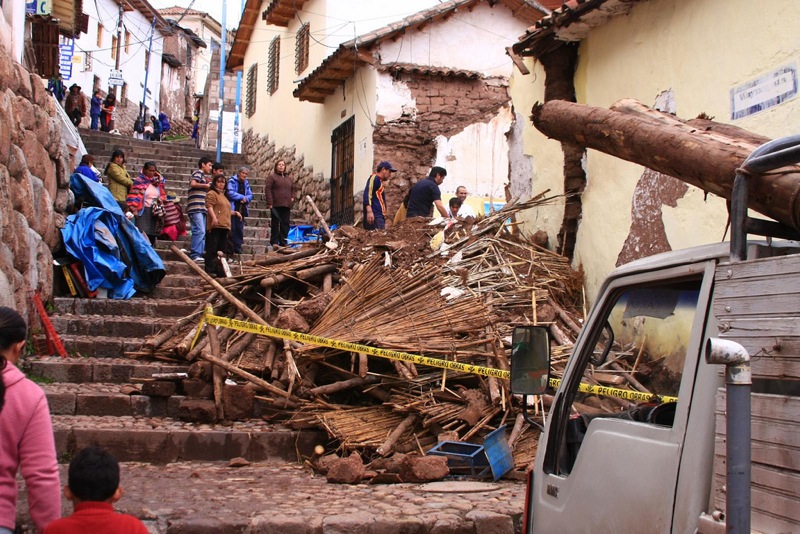
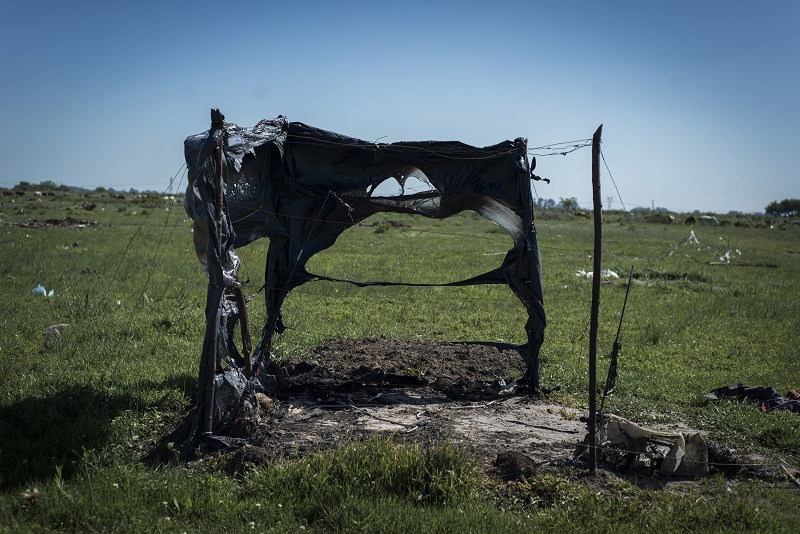
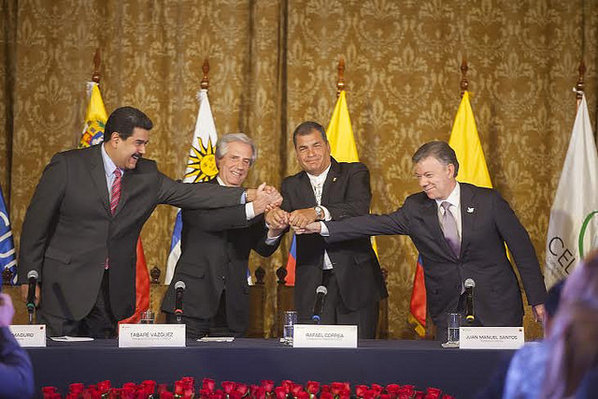
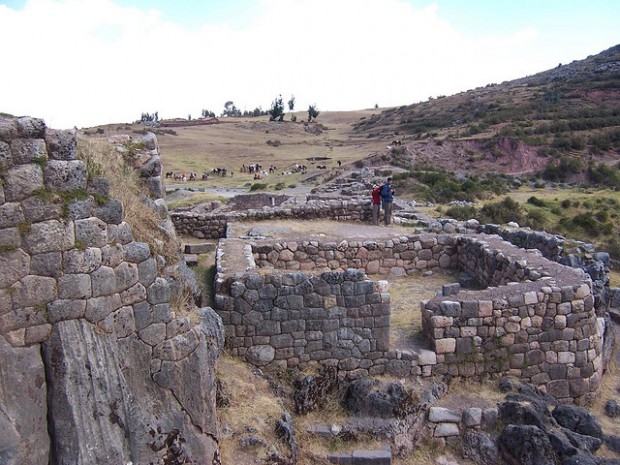

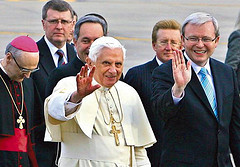

3 Comments
[…] author of No Rain in the Amazon: How South America’s Climate Affects the Entire Planet, asks how climate change will affect El Niño — an irregular weather pattern that periodically wrecks havoc on the […]
Thank you. It is reporting like this which will increase our ecological consciousness and our minute opportunity to heal our planet.
One of the reasons that Bolivia is hosting the alternative climate change conference is probably related to the fact that global warming is melting and reducing the Andean glaciers in the country and thus the future water supplies that the highland indigenous people depend upon for thier livelihood. The Quechuas and the Aymaras may be among the first significant global climate change induced migrations.
Comments are closed.